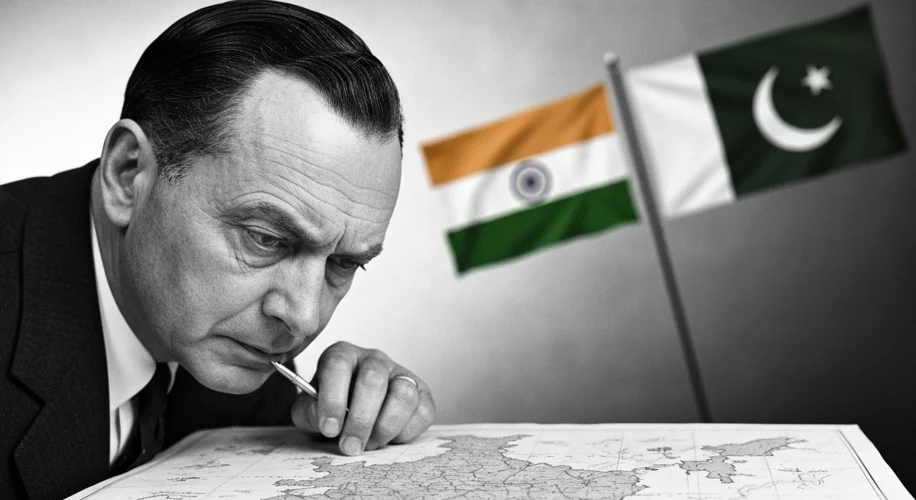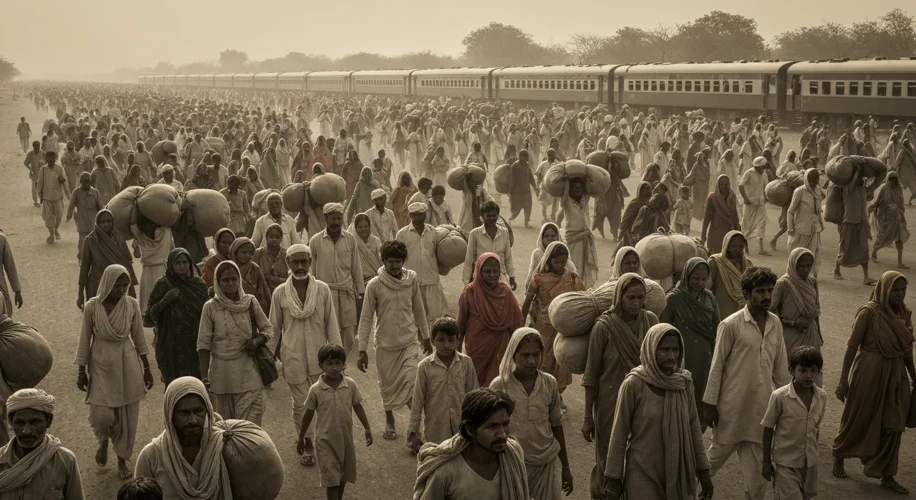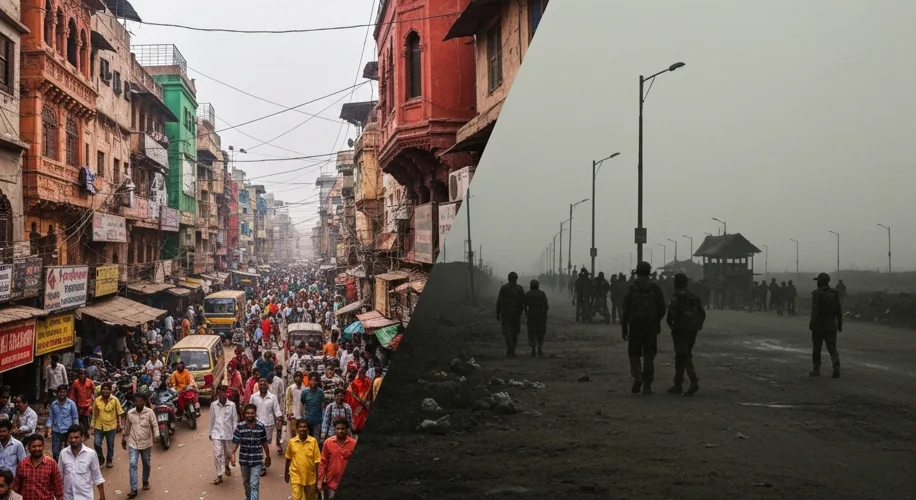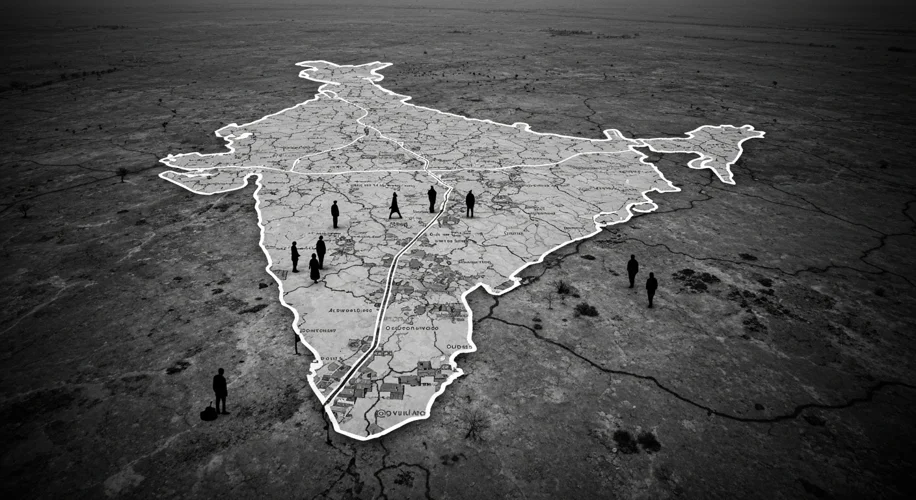The year is 1947. The air in the Indian subcontinent is thick not just with the monsoon humidity, but with a potent cocktail of anticipation and dread. Decades of struggle for independence from British rule were culminating, yet the victory was to be stained with an unprecedented tragedy: the Partition of India.
For centuries, a vast and diverse land, a tapestry woven with myriad cultures, languages, and religions, had been bound together under the shadow of the British Raj. But as the Empire’s grip loosened, a deep-seated tension, long simmering beneath the surface, began to boil over. The British, eager to depart, proposed a radical solution: to divide the subcontinent into two independent nations – India, envisioned as a secular state with a Hindu majority, and Pakistan, to be a homeland for the Muslims of the north-west and north-east.
This decision, spearheaded by figures like Jawaharlal Nehru, Muhammad Ali Jinnah, and under the final authority of Britain’s last Viceroy, Lord Mountbatten, was driven by complex political machinations and a fear of communal strife. Jinnah, the charismatic leader of the Muslim League, had long advocated for a separate Muslim state, arguing that Muslims would be perpetually marginalized in a Hindu-dominated India. Nehru and the Indian National Congress, while initially committed to a united India, ultimately conceded, believing that an independent Pakistan was the only way to appease the League and secure a swift independence.

The man tasked with drawing the new borders was Sir Cyril Radcliffe, a British lawyer with no prior knowledge of India. Given a mere five weeks, he was handed the unenviable task of dividing a land of over 400 million people, crisscrossed by ancient rivers, bustling cities, and agrarian heartlands. His hastily drawn Radcliffe Line, slicing through provinces and villages, became the brutal new frontier.
The consequences of this rushed demarcation were immediate and catastrophic. As the lines were drawn, so too were lines of hatred and fear. The announcement of Partition unleashed a torrent of violence that swept across the subcontinent. Overnight, millions found themselves on the ‘wrong’ side of the new borders. Hindus and Sikhs in Pakistan, and Muslims in India, faced brutal persecution, targeted killings, and the terrifying prospect of being strangers in their own land.
The period that followed, known as the Partition Riots or the Great Migration, remains one of the most harrowing chapters in human history. Families were torn apart, homes were looted and burned, and unimaginable atrocities were committed. Trains, once symbols of connection, became harbingers of death, arriving at their destinations packed with terrified refugees or, worse, bodies. An estimated 10 to 20 million people were displaced, forced to abandon their ancestral homes and embark on perilous journeys towards an uncertain future. The violence claimed at least a million lives.

Consider the plight of a young woman, perhaps named Aisha, living in Amritsar, a city fatefully bisected by Radcliffe’s line. Her family, who had lived in the same house for generations, suddenly found themselves in a hostile territory. The fear of what might happen, the agonizing choice of whether to flee or stay, the hurried packing of what little could be carried, the terror of the journey – these are the human dimensions of Partition that statistics often fail to capture. Or the story of Ramesh, a Sikh shopkeeper in Lahore, whose vibrant business and community ties were shattered in an instant, forcing him to seek refuge in a land he had only known through whispers of his ancestral home.
The impact of Partition was not confined to the immediate violence and displacement. It created two nations, born from the ashes of a unified past, with a legacy of mistrust and animosity that continues to shape the geopolitical landscape of South Asia. The partition of Punjab and Bengal, the displacement of millions, and the creation of a disputed territory like Kashmir have left deep, festering wounds.

Historians continue to grapple with the myriad factors that led to Partition and its devastating aftermath. Was it solely the British policy of ‘divide and rule,’ the fervent nationalism of leaders, or the deep-seated religious and social divisions within society? Perhaps it was a tragic confluence of all these elements, a perfect storm that unleashed an unparalleled humanitarian crisis. The Partition of India serves as a stark, enduring reminder of the profound human cost of political decisions made in haste, the fragility of peace, and the indelible scars that history can leave upon a people and a land.

